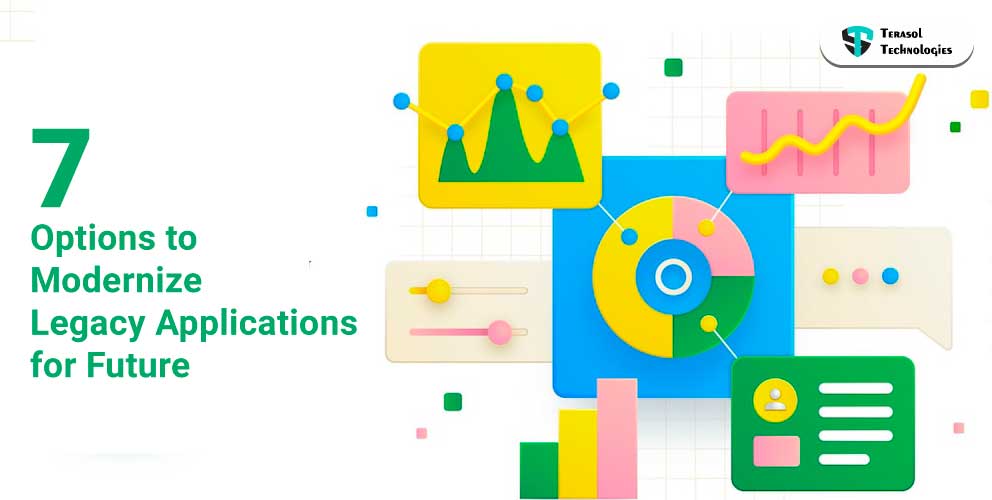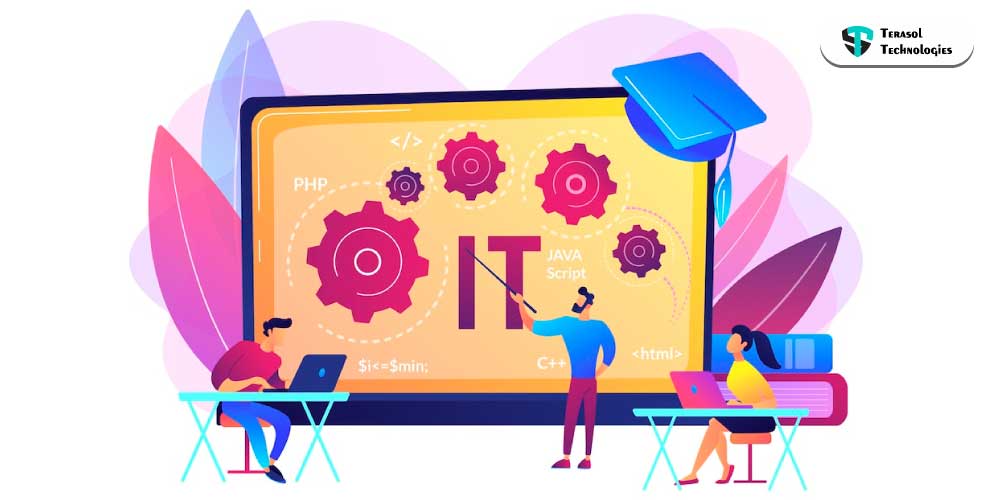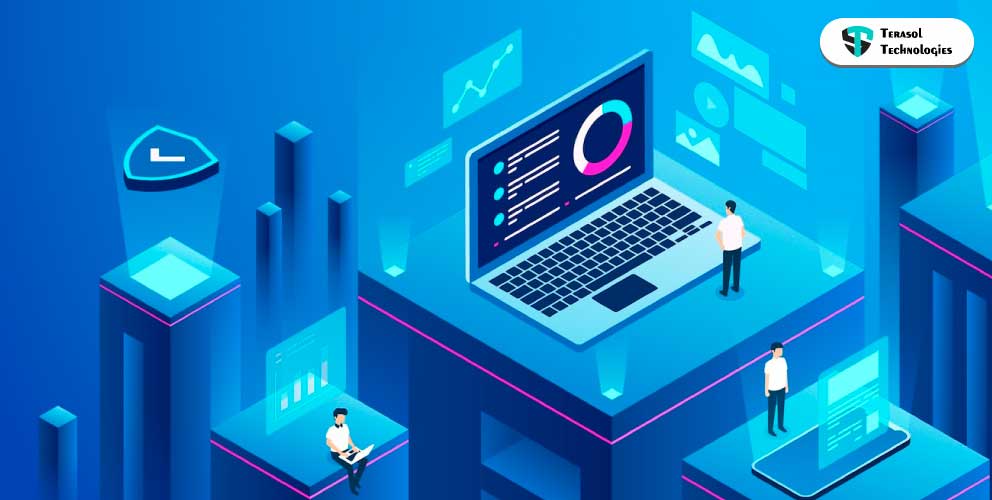Modernize Legacy System for the Digital Future
Consider what it would be like if your distribution routes went down! Your business incurs hefty losses. You're no longer able to manage your consumers on time.
What impact would it have on your company's revenue? How long would you be able to keep going?
When the global epidemic broke out, many firms faced this exact situation. Some forward-thinking businesses rethought their business models in response to the difficult situation.
Digital transformation: The New Necessity
A new era in business has begun, bringing new possibilities for all the industries. However, without legacy system modernization, it is hard to reap the benefits. The company's future is linked to this decision to modernize the industry.
There are just a few things that get better as you get older. Software systems for operating your firm, on the other hand, are not on the list.
From small enterprises to large corporations, digital transformation is a must. Here are some facts:
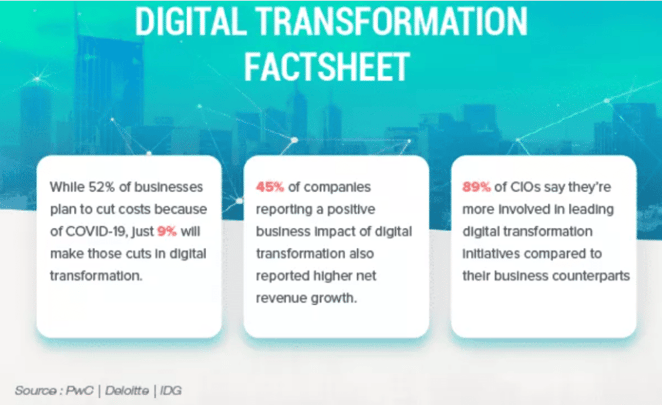
Every life sciences organization is doing random acts of digital—evolving patient experiences, shifting assets to the cloud—but the majority aren't being digital, that is, they aren't pursuing a holistic, connected, and scalable strategy for corporate digital adoption; they aren't actually transforming.
We already live in a technologically advanced environment. AI, IoT, cloud systems, and database analysis have all advanced to a new level in recent years and have become critical components of successful corporate plans.
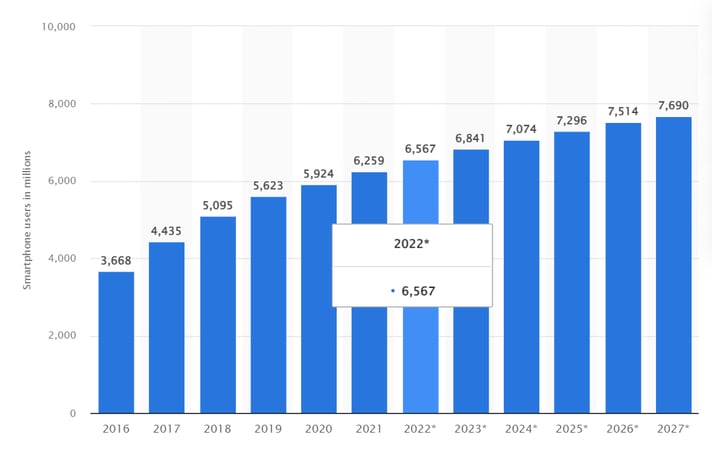
Companies must rethink their business models to make them digital-ready in order to bridge the gap between existing products and client expectations.
🏢 A software development company can assist your company in putting digital to work, streamlining procedures, reengineering operations, and developing new capabilities, assuring digital adoption across the board.
You must embrace digital change in order to move your company forward.
Getting Ready to Modernize Legacy System
Many industries continue to rely on antiquated technology.
For instance, no one uses a pager to interact with friends or exchange information.
Nonetheless, many organizations continue to utilize them, owing to the difficulty of replacing the instruments that manage critical business activities across the industry.
COVID-19 also urged for a high priority on CIO agendas in several critical areas of digital enterprise transformation:
- Using interactive chatbots to extend the reach of exceptional customer service,
- Using automation to obtain better results in a shorter amount of time,
- Legacy systems are being modernized, while redundant systems are being decommissioned.
In reaction to the disruptive force, many businesses have updated their digital technology, emphasizing "hey, it works" rather than "we've compiled the best features after investing years on this endeavor."
The pandemic has heightened the importance of this requirement. Many of these digital transformation trends are here to stay since businesses have expedited the adoption of many technologies by several years.
Ready to adapt and evolve? Let us help you with your system modernization.
Modernize Legacy System for the Digital Future
Step 1: The why your business needs to modernize legacy systems
So, why should outdated systems be modernized? The advantages listed below demonstrate why legacy-system modernization is an important aspect of total business digitization.
To know more about legacy modernization and its benefits, check out Legacy Application Modernization- What, Why & Examples.
True enterprise digital transformations are targeted at the value chain, business unit, therapeutic area, strategic focus, enterprise, or ecosystem level, and go beyond function, brand, and market.
A three-part digital strategy includes- strategic intent, enterprise scope, and digital focus.
Strategic Intent: It defines the principal desired outcome of a digital transformation of a business and can be expressed in three ways:
- Optimize
- Transform
- Reimagine
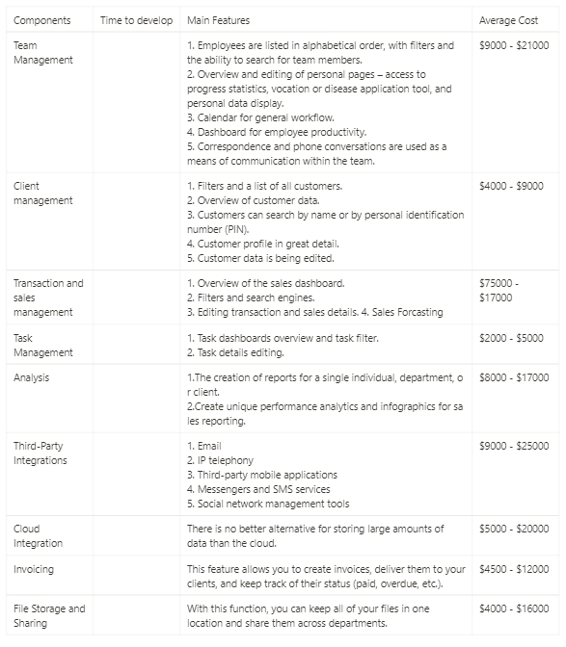
Source: Deloitte
Enterprise Scope: Companies in the early stages of their digital transformation tend to focus on functional or value chain components, whereas companies that are building or maturing capabilities adopt a more expansive approach.
Digital focus: An organization's digital journey can be accelerated and focused by combining people, experiences, processes, data, and insights, all of which are powered by digital technology and delivered in a connected manner for more business value.
Step 2: Take obstacles and risks into account
When discussing a software modernization program, there are two main points to consider. That's how much risk and what are challenges one will face.
If you are thinking of software modernization you must read Legacy System Modernization Approaches To Overcome its top 9 Barriers.
There are numerous risks to avoid in addition to the problems. A sound modernization plan and meticulous attention to detail are required for successful software reengineering.
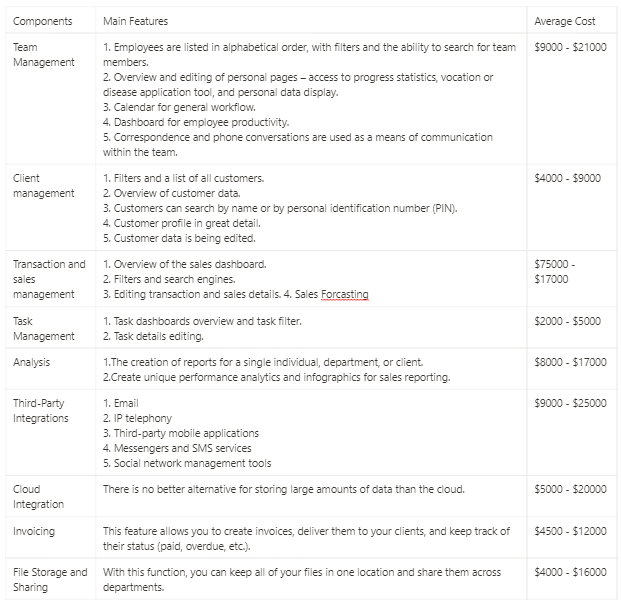
Step 3: Calculating the cost of system upgrading
The most expensive method of modernization is to do nothing at all. However, as with any software development project, you'll need to estimate your time and effort, which is normally done with the help of certain approaches and tools.
Here are some costing models to can refer:
- COCOMO or Constructive Cost Model, COCOMOA I estimates maintenance, while COCOMO II calculates migration, and reengineering efforts.
- FPA or Function Point Analysis is a technique for evaluating the functionality provided to a user by using functional requirements. These points are tallied and weighed in various project KPIs such as performance and quality.
- Putnam's model helps when you know the scale of the project, you can use this process to estimate the time and work required to complete it.
Step 3: Framework for assessing legacy systems
According to IDC, over 65 percent of businesses will transform their software in the next several years. In many circumstances, the software modernization approach will determine the asset's effectiveness.
Before jumping to modernize legacy systems you need to analyze your current system and do a few framework checks to know where your IT infrastructure stands.
Technologies analysis:
The first stage is to identify and examine the present product's technology stack. As a result, we can determine whether the programming language or frameworks are still relevant and supported by the suppliers.
Architecture analysis:
It's vital to undertake an architecture audit analysis if the tech stack is still relevant or not for future purposes. It will assist you in identifying the system aspects that are working properly and focusing on the ones that require modernization.
Performance Evaluation: Its goal is to find out if there are any further difficulties with the legacy systems. Poor performance or major flaws can necessitate both a complete system reengineering and targeted improvements.
Review of the code and UI/UX:
Legacy software typically has a large codebase that necessitates frequent reviews and restructuring. The software has a tendency to "rot" if it is not properly maintained.
To determine which portions of the system interface require modification, a detailed design assessment is required.
Current Technologies and Future Growth Prospects We focus on the potential for future growth while taking into account the client's present business goals and requirements.
As a result, we assist you in making an informed decision by offering a well-informed and objective assessment of the software modernization options.
Once you are done with these, know all the 7 options to modernize legacy system here.
Businesses that are unable to adapt to the digital age may lose clients to competitors who respond swiftly. As a result, it is critical to define an enterprise digital strategy and begin the transformation process as soon as possible.
Take a Step Towards Transforming Your Legacy System With Terasol!
Do you want to get ahead of the competition?
We can respond quickly to new difficulties because of our unique combination of technical competence and multi-domain experience. Terasol Technologies helps your company in putting digital to work, streamlining procedures, reengineering operations, and developing new capabilities, assuring digital adoption across the board by modernizing your system.
Need our help for mapping your modernization journey? Get in touch with our experts today!
